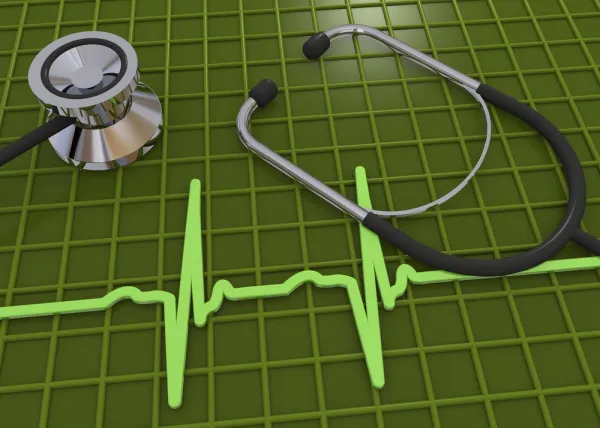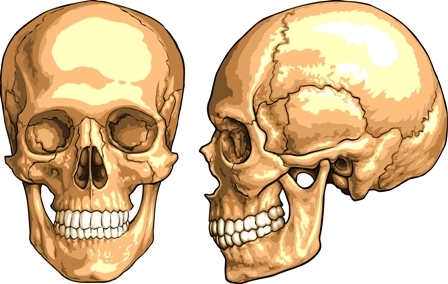Be Aware of These 5 Proposed ICD-10 Changes For Oral Surgery in 2017

Hint: You will now have to look at documentation to identify “affected” side.
If you have just began to settle down with the ICD-10 code set, you will have to be aware that the CDC has posted a preliminary list of ICD-10-CM changes for October 1 (aka ICD-10-CM 2017). If you have a look at the list, you will just have to sift through more than 2,000 new, deleted or revised codes, which is why we’ve narrowed down the list to five main areas that oral surgery coders will need to know.
Be warned: The list is not yet final. The CDC will post the final addendum in June.
Resource: To review the complete list, head to ftp://ftp.cdc.gov/pub/Health_Statistics/NCHS/Publications/ICD10CM/2017/NewICD10CMCodes_FY2017.txt.
1. Get Better Specificity for Pulpitis and Periodontitis
If you had to report “pulpitis” currently, you would be reporting K04.0 (Pulpitis).
But you can expect ICD-10-CM 2017 to replace K04.0 with two new options:
For a diagnosis of aggressive periodontitis, you currently have to use K05.21 (Aggressive periodontitis, localized) or K05.22 (…generalized) while you report K05.31 (Chronic periodontitis, localized) or K05.32 (…generalized) for chronic periodontitis. These will be replaced by options that will have to select depending on the severity of the condition. For instance, you will have these four options to use instead of K05.21:
2. Look For Expanded Options For Tooth Supporting Structure Code
If the proposed changes to ICD-10-CM 2017 come into place, you will have to sink the unspecified code K08.8 (Other specified disorders of teeth and supporting structures) down the drain and replace it with these expanded options:
3. Seek “Side” Specificity to TMJ Codes
Currently, when you are reporting temporomandibular joint (TMJ) disorders, you do not have codes specific to the side on which the joint is affected. If the proposed changes come into effect, this is all about to change and you will be able to report the disorder specific to the side the patient has the problem. These changes will replace the following four TMJ joint disorder codes:
Each of these above mentioned codes will be replaced by four more specific codes depending on the side on which the TMJ is affected. For instance, M26.60 will be replaced by these four options:
“This applies to which joint or muscles have symptoms, not on whether one or both sides have what we call TMJ disease,” says Barry Shipman, DMD, clinical professor, University of Florida School of Dentistry, Hialeah Dental Center.
4. Add “Side” Specific Options While Reporting Fracture Encounters
Currently, when reporting fractures of the maxilla, mandible or the zygomatic bones, you have to use an appropriate 6th digit expansion depending on the site of fracture. For identification of whether your surgeon is handling an open or a closed fracture site, you will have to use a 7th digit expansion. This expansion will also indicate whether your surgeon treated the fracture site for the first time or in a subsequent encounter. You will have to choose from the following options for the 7th digit expansion:
For instance, if your surgeon is seeing the patient to treat a fracture of the condylar process of the mandible, you use S02.61XA for closed reduction while you report S02.61XB for an open reduction.
However, in currently available codes for treatment of fractures of the maxillary, mandible and zygomatic bones, you cannot identify the side on which your surgeon operated upon. If the proposed changes to codes come into effect, you will have changes to these codes that will in effect help you in identifying the side on which your clinician treated the fracture. For instance, you will now have these options when your surgeon is treating a fracture of the condylar process of the mandible during an initial encounter with closed reduction:
For maxillary and zygomatic bone fractures, when your surgeon has specifically identified the side of the fracture, you will have to replace the 6th digit numerical expansion that you currently use with an appropriate “letter” that will denote the site and side of the fracture. When the side is “unspecified,” you will have to retain the current 6th digit numerical expansion.
For instance, if you are reporting an initial encounter for closed reduction of a maxillary fracture, you currently use S02.401A (Maxillary fracture, unspecified, initial encounter for closed fracture) irrespective of the side (left or right) on which your surgeon is treating the fracture. You will have to retain the same code if the side on which your surgeon is treating the fracture is unspecified.
But, when the side on which your surgeon is operating on the fracture is specified, you will have to use these two options for reporting a closed reduction of a maxillary fracture:
Similarly, when reporting an open reduction of a zygomatic bone fracture, you currently use S02.402B irrespective of the side on which the fracture site is. When the proposed ICD-10-CM 2017 changes come into effect, you will retain this code when the side on which the zygomatic fracture is not specified.
You will now have to use these two new codes when the side on which the zygomatic fracture is specified by your surgeon:
5. Apply These Side Specifications to Jaw Dislocation and Sprains
Currently, when reporting a dislocation or a sprain of the jaw ligaments, you only use a 7th digit expansion to identify whether the nature of the encounter is “initial,” “subsequent” or a “sequela.” For dislocation of the jaw, you have to use S03.0XXA (Dislocation of jaw, initial encounter) for initial encounters, S03.0XXD (Dislocation of jaw, subsequent encounter) for subsequent encounters and S03.0XXS (Dislocation of jaw, sequela) for sequela. Again, you do not have any specific options to help you identify if the dislocation was on the right side, left side or bilateral. When the proposed changes come into effect, you will be able to replace one of the place holder “Xs” to help you identify the side on which the dislocation was present. So, now you will have the following options to report an initial encounter for a dislocation of a jaw:
Similarly, you use S03.4XXA when reporting an initial encounter for sprain of the jaw. This will change to the following four options depending on the side on which the sprain was:




